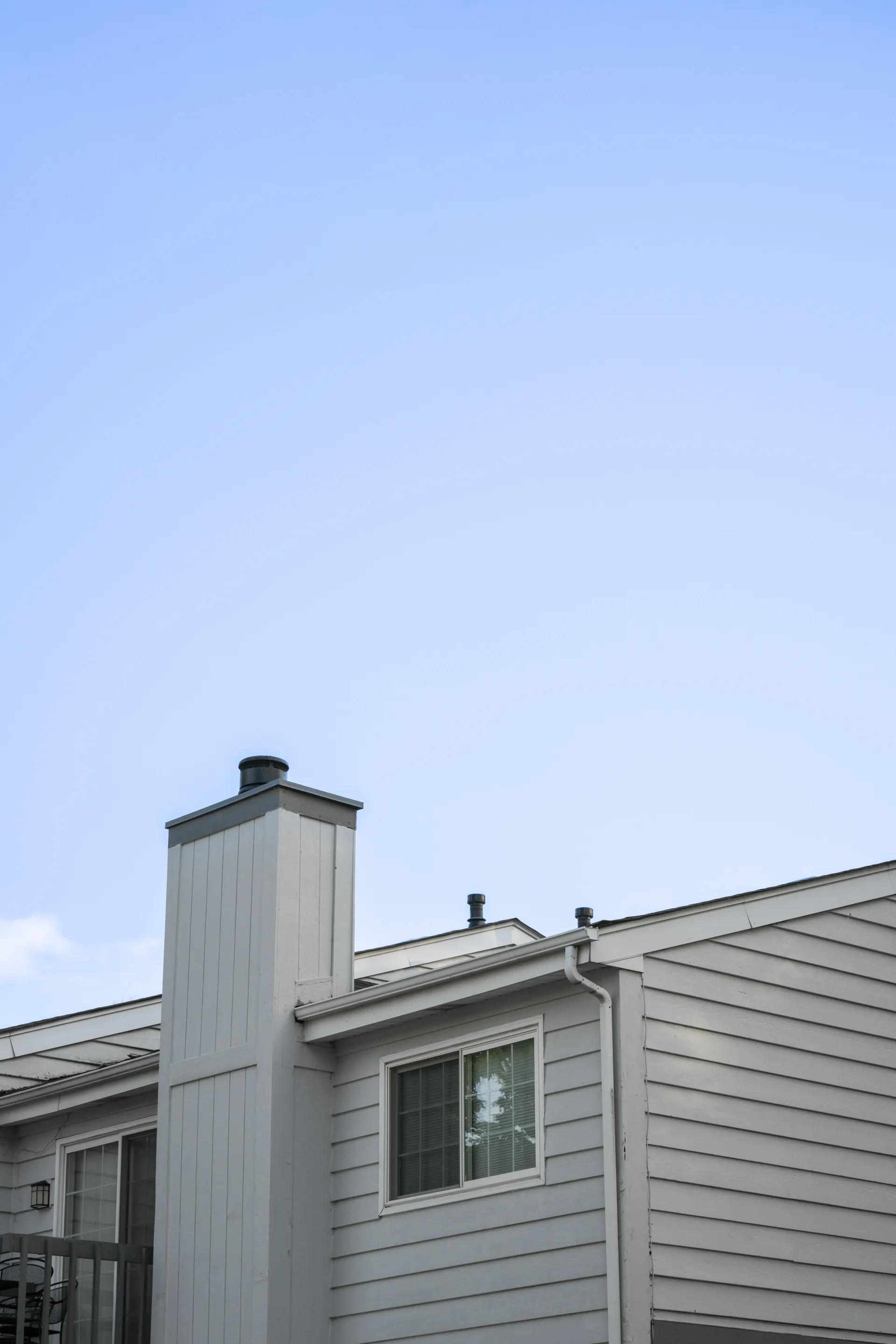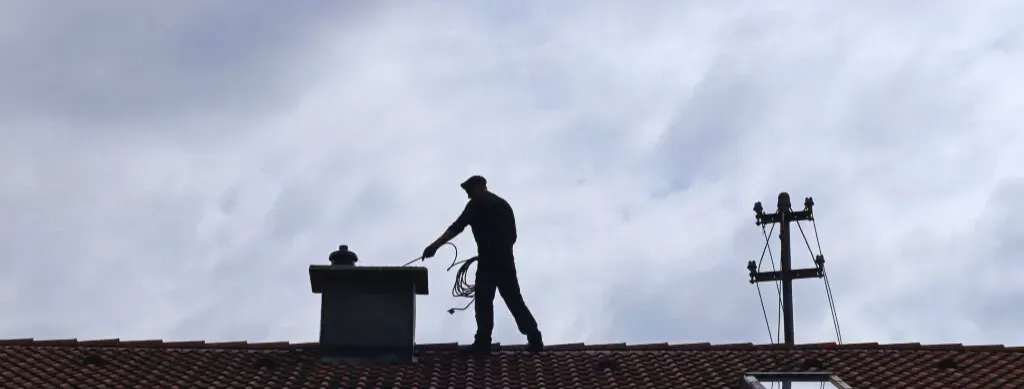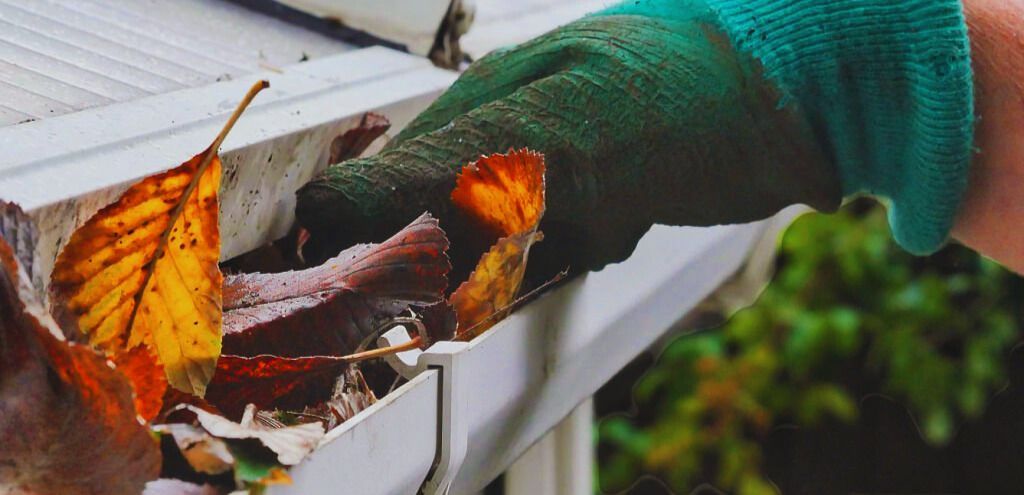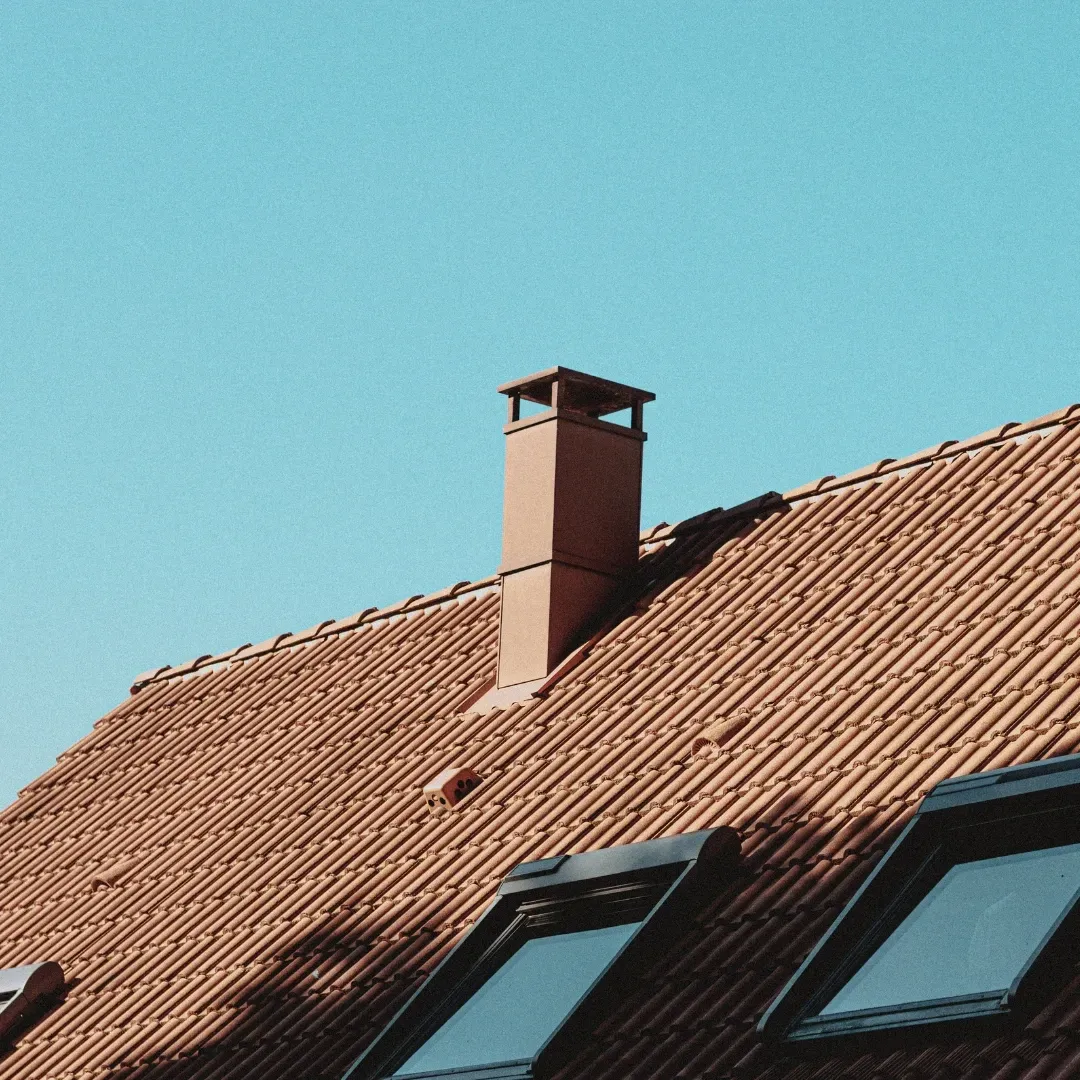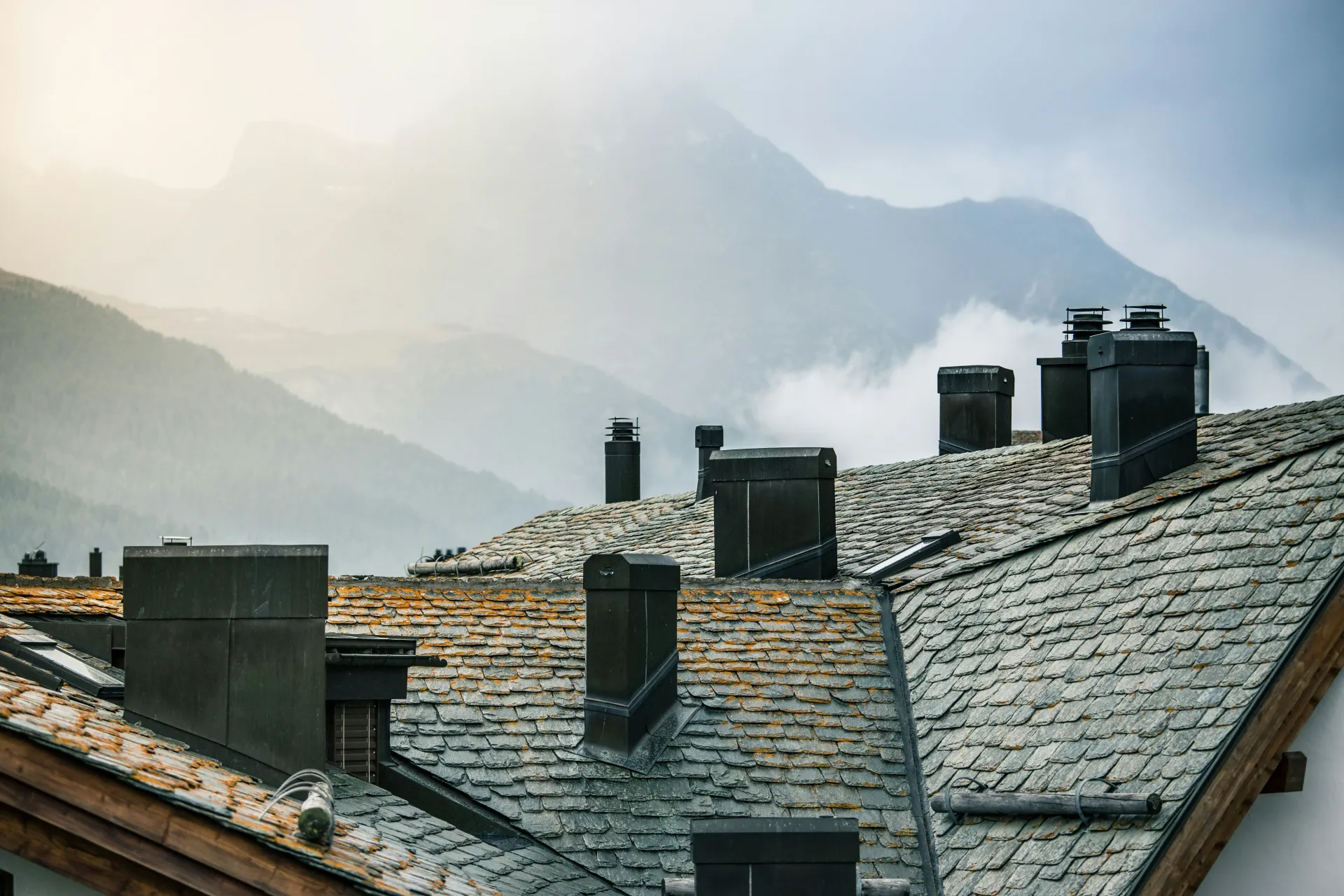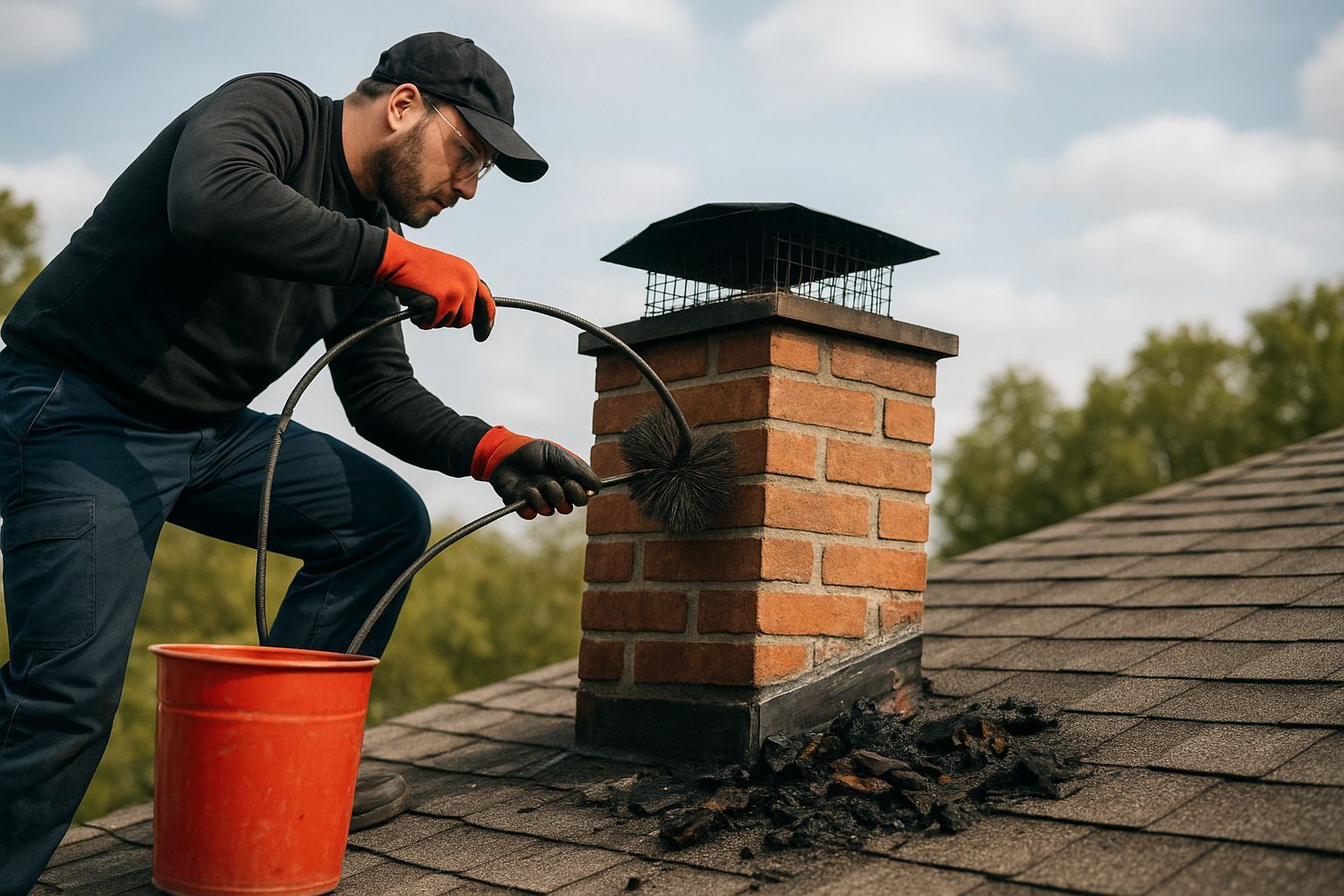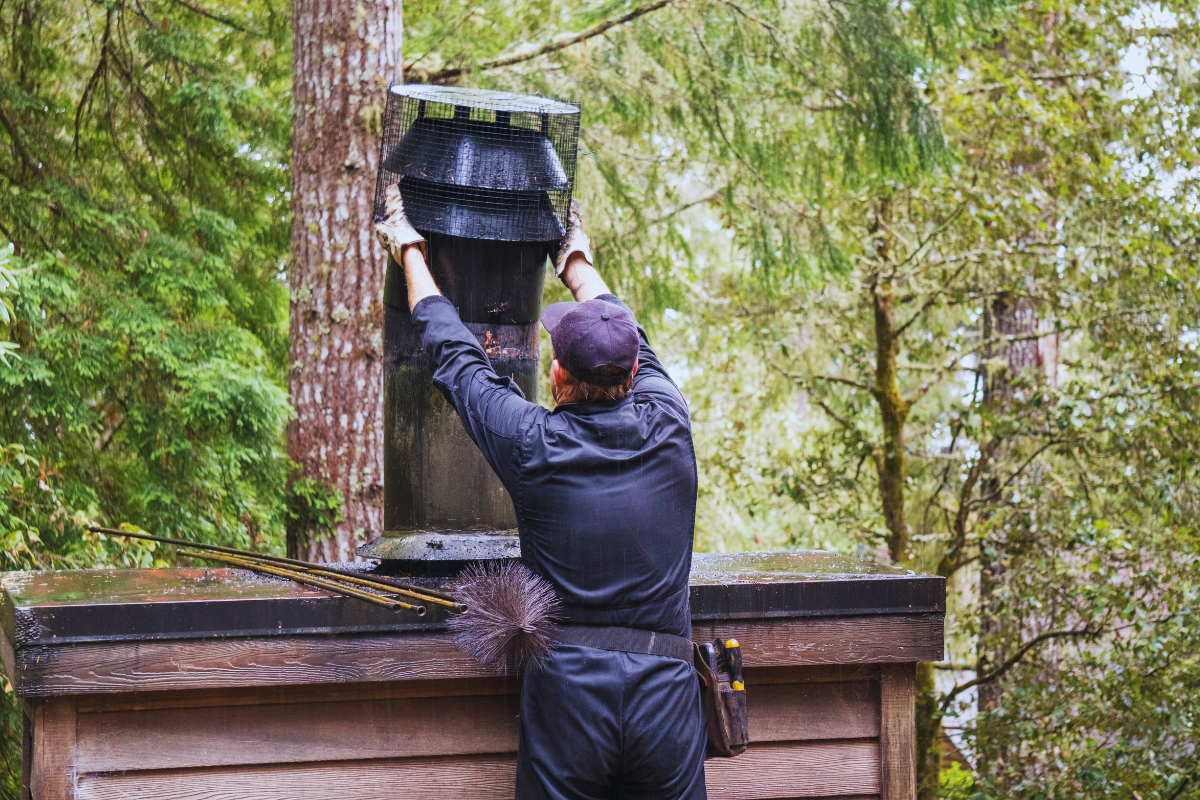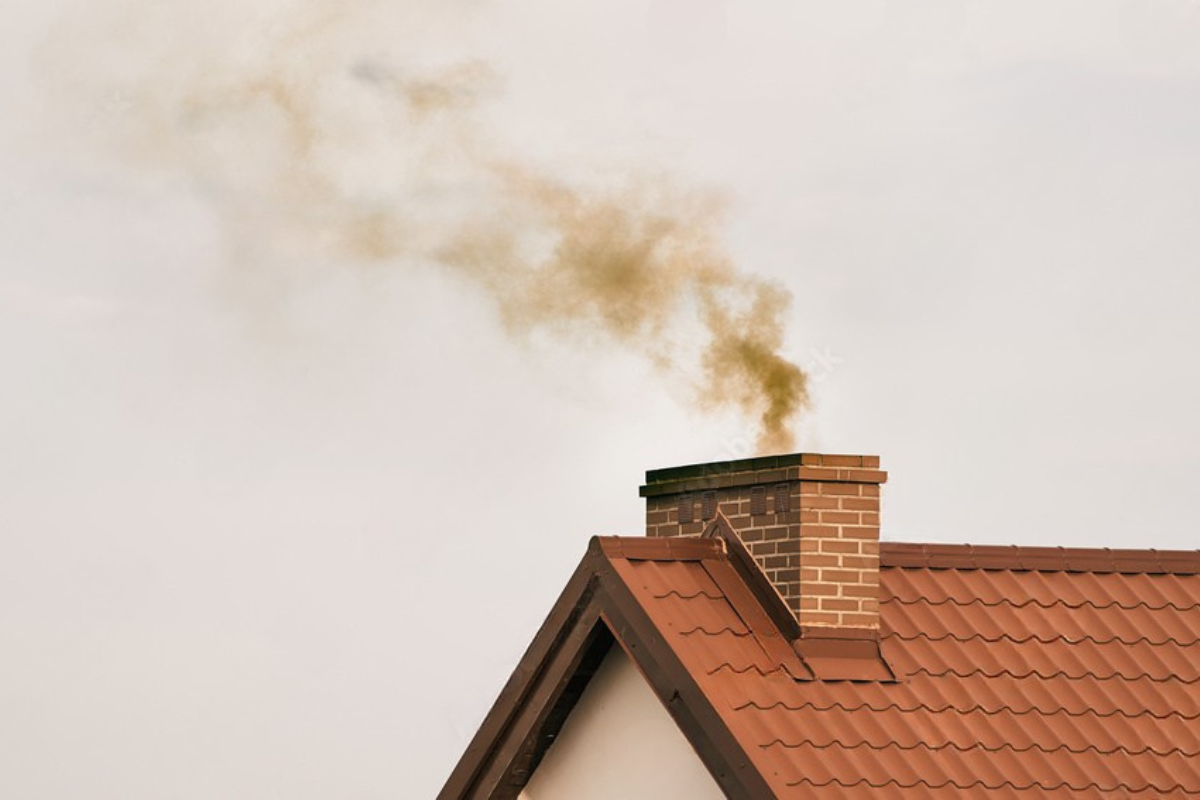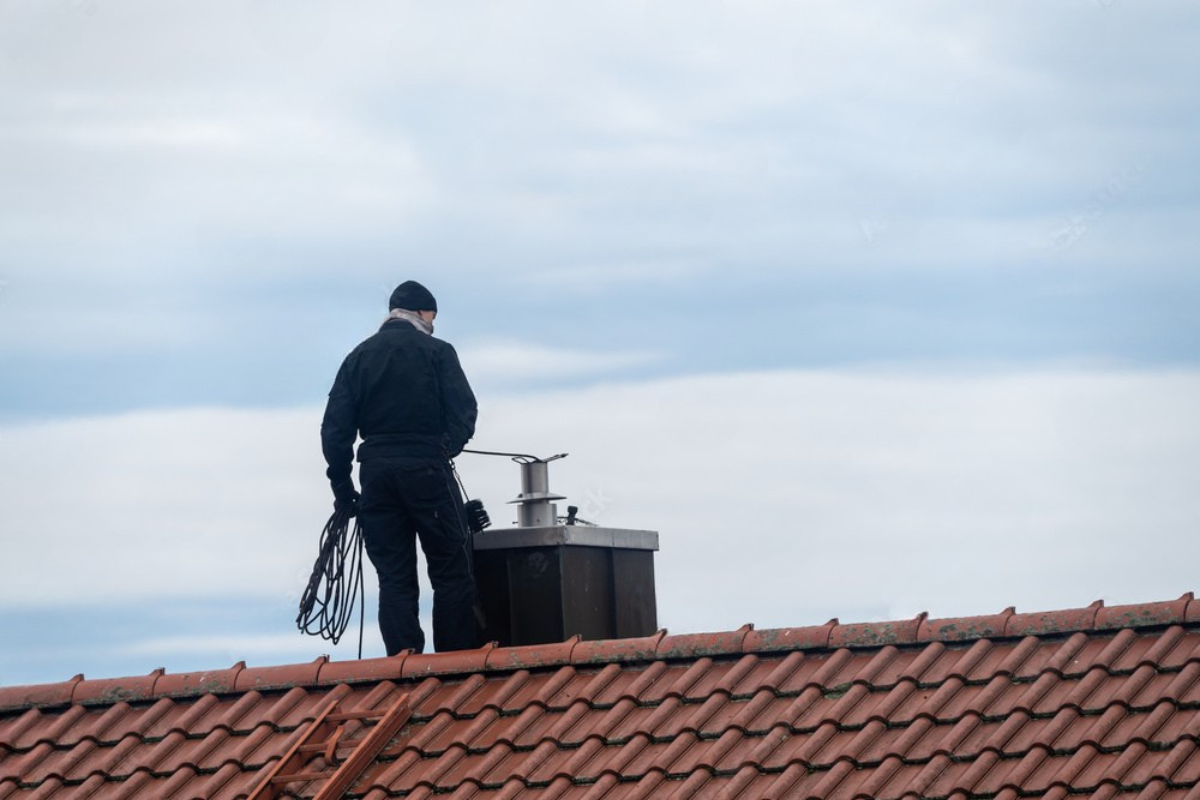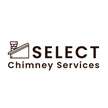How Chimney Maintenance Enhances Your Home’s Energy Efficiency
Introduction to Chimney Maintenance & Energy Efficiency
Did you know that your chimney could be secretly draining your home's energy? Most people focus on insulation, windows, or HVAC upgrades when trying to improve energy efficiency. But there's a hidden culprit that's often ignored—your chimney.
Chimney maintenance might not sound glamorous, but it's a game-changer for your utility bills and your home's overall performance. In this guide, we’ll walk through how chimney care can reduce energy waste, enhance comfort, and extend the life of your heating systems. From sealing drafts to professional inspections, we’ve got it all covered.
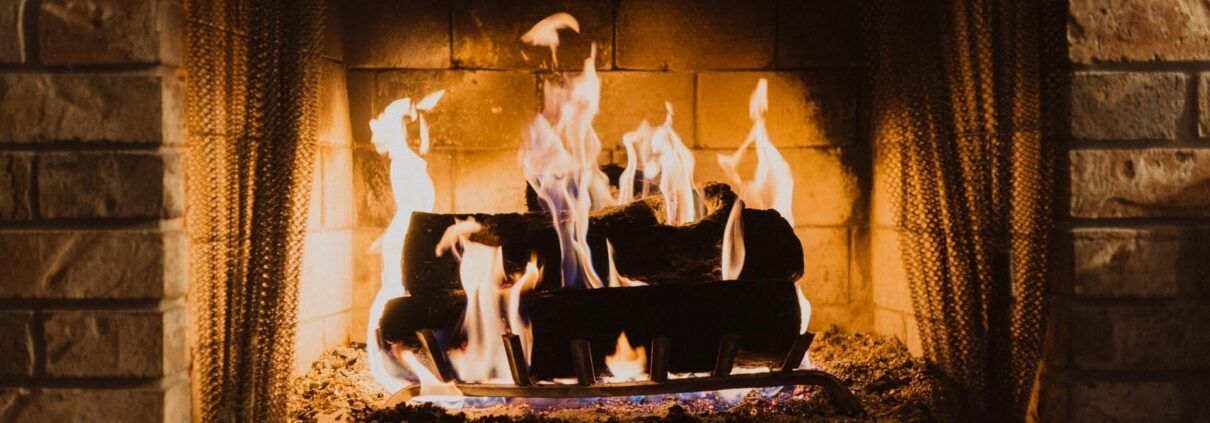
How Chimney Maintenance Enhances Your Home’s Energy Efficiency
Chimney maintenance goes beyond soot removal. It's a vital part of an energy-conscious home. When neglected, your chimney can become a massive energy drain, allowing warm air to escape and cold air to enter.
When properly maintained, your chimney:
- Prevents heat loss during winter
- Reduces cooling costs in summer
- Improves indoor air quality
- Supports your HVAC system’s performance
- Enhances fire safety and home comfort
A well-maintained chimney creates a thermal barrier and ventilation channel that works with your heating system—not against it.
What Is Chimney Maintenance?
Chimney maintenance includes regular inspection, cleaning, repair, and optimization of all chimney components. This ensures it operates safely and efficiently year-round.
Key maintenance activities involve:
- Removing creosote and soot buildup
- Repairing damaged bricks or mortar
- Installing chimney caps or dampers
- Sealing gaps and cracks
- Ensuring correct airflow and ventilation
Neglecting even a small issue can lead to big problems—think wasted energy, fire hazards, or dangerous gases in your home.
Why Is Chimney Maintenance Often Overlooked?
Many homeowners don’t think about the chimney unless it’s actively in use. But energy loss can happen 24/7, especially through an open or poorly sealed flue.
Reasons it’s often ignored:
- It’s “out of sight, out of mind”
- Perceived as only a winter-use feature
- Lack of understanding about energy connections
- Misconception that it’s only about safety, not efficiency
Rethinking how you view your chimney is the first step toward energy savings.
How Energy Efficiency Relates to Chimney Care
An inefficient chimney lets warm air leak out and cold air sneak in, forcing your HVAC system to work overtime. This increases your utility bills and reduces comfort.
Chimney efficiency affects:
- Indoor temperature stability
- Ventilation balance
- Humidity levels
- Fuel consumption
Think of your chimney as a “thermal exit.” If it’s not sealed or maintained correctly, it becomes a money pit.
The Role of Chimneys in Home Ventilation
Chimneys help manage airflow and remove smoke, gases, and excess heat. But they also act as a channel for conditioned air to escape if not properly maintained.
When well-kept, chimneys:
- Balance air pressure inside the home
- Allow safe removal of combustion byproducts
- Work in harmony with exhaust fans and HVAC
Poorly maintained chimneys can backdraft or leak, compromising the entire ventilation system.
How a Damaged Chimney Affects Heating and Cooling
Cracked mortar, missing flue caps, and broken dampers may seem minor but can lead to massive heat loss. These faults allow outdoor air to seep in and conditioned air to escape.
As a result:
- Your heater runs longer than needed
- AC struggles to maintain temperature
- Humidity increases
- Overall comfort decreases
Even small repairs can make a noticeable difference in efficiency and cost savings.
Key Chimney Maintenance Tasks Every Homeowner Should Know
To maximize energy efficiency, focus on these core chimney maintenance tasks:
- Clean the flue at least once a year
- Check for cracks in the liner or masonry
- Test and replace faulty dampers
- Install or replace a chimney cap
- Seal around the chimney base and flashing
These actions help lock in conditioned air and keep out weather elements.
Importance of Regular Chimney Inspections
Annual inspections detect small issues before they become expensive disasters. Inspections cover structural integrity, airflow, and safety hazards.
Benefits include:
- Early detection of energy leaks
- Safer fireplace use
- Prolonged chimney lifespan
- Compliance with insurance requirements
Certified inspections are worth every penny and often pay for themselves in energy savings.
How Chimney Sweeping Prevents Energy Loss
Soot and creosote build up on the walls of your chimney, reducing airflow and causing heat to radiate inefficiently.
Professional sweeping:
- Improves airflow
- Reduces fire hazards
- Helps your system run cleaner
- Prevents thermal loss through buildup
Clean chimneys simply perform better.
Sealing Chimney Gaps to Prevent Drafts
Unsealed gaps around the chimney base, damper, or flue allow drafts that waste energy. Sealing them blocks cold air and prevents heat from leaking out.
Common areas to seal:
- Chimney flashing
- Firebox edges
- Damper seal
- Exterior masonry cracks
Proper sealing improves efficiency and prevents moisture damage.
Insulating Chimneys for Better Thermal Retention
An insulated chimney liner helps retain heat and improves draft performance. It also protects surrounding materials from heat damage.
Benefits of insulation:
- Enhanced combustion efficiency
- Reduced creosote formation
- Lower energy usage
- Increased heating effectiveness
It’s one of the best upgrades for older chimneys.
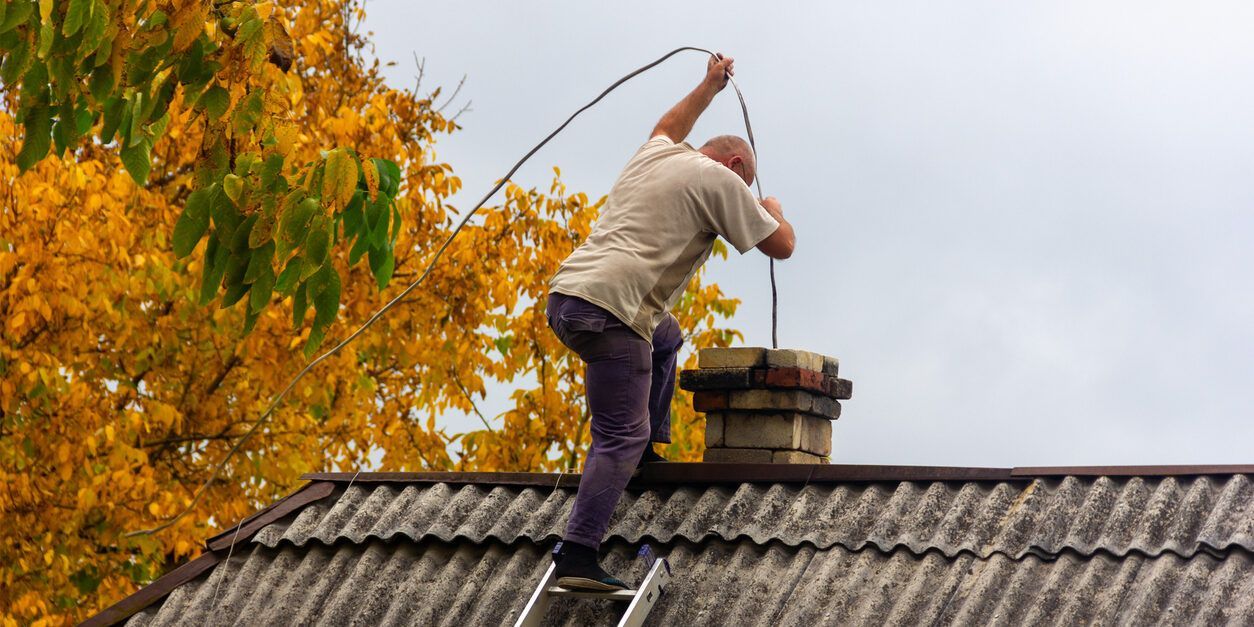
Energy-Efficient Chimney Caps & Dampers
Modern chimney caps and dampers are designed to prevent energy loss and improve air control. Traditional open-topped chimneys allow heat to escape constantly.
Benefits of efficient caps and dampers:
- Blocks downdrafts
- Keeps out rain and pests
- Seals off the flue when not in use
- Retains heated air in the winter
Installing a top-sealing damper is a cost-effective way to boost efficiency.
Upgrading to Eco-Friendly Chimney Liners
New liners made of stainless steel or ceramic are not just safer—they're energy savers.
They:
- Improve draft flow
- Resist heat better
- Reduce maintenance
- Prevent toxic gas leaks
If your chimney liner is old or cracked, replacing it is a smart move.
Preventing Heat Loss Through the Fireplace
Even when not in use, fireplaces can leak massive amounts of heat. Here’s how to stop it:
- Close the damper tightly
- Use a chimney balloon or plug
- Add glass fireplace doors
- Install heat-exchanger grates
Every bit of heat saved adds up over time.
Why You Should Hire Certified Chimney Technicians
Not all chimney cleaners are the same. Certified technicians are trained to spot energy-wasting problems and solve them safely.
Professional advantages:
- Code-compliant repairs
- Advanced tools for cleaning
- In-depth inspections
- Expert advice on energy-saving upgrades
For peace of mind and real results, choose certified help.
Benefits of Using a Professional Chimney Service
Companies like Chimney Service offer comprehensive maintenance solutions. Their expertise saves you time, money, and energy in the long run.
Services include:
- Inspection & repair
- Sweeping & creosote removal
- Sealing & insulation
- Eco-upgrades & efficiency solutions
Trust the pros to do it right the first time.
DIY Maintenance vs. Professional Care
DIY care is great for small tasks, but don’t skip professional inspections and repairs.
DIY options:
- Clearing ashes and debris
- Checking damper function
- Installing chimney balloons
Professional care:
- Full inspection
- Flue liner replacement
- Structural repair
Balance both for best results.
Seasonal Maintenance Tips for Maximum Efficiency
Each season brings different chimney needs. Stay ahead of the game with a year-round strategy.
Spring/Summer:
- Schedule inspection and sweeping
- Repair cracks and waterproof
Fall/Winter:
- Test damper before first use
- Close chimney tightly when not in use
Being proactive pays off.
Warning Signs Your Chimney Is Wasting Energy
Watch for these red flags:
- Drafty living room
- High energy bills
- Smoky fireplace
- Cold air around the hearth
- Condensation or staining near chimney
These signs mean it’s time for an inspection.
FAQs
How often should I have my chimney inspected?
Once a year is ideal, preferably before winter. More if you use your fireplace regularly.
Can a dirty chimney really affect my energy bills?
Absolutely. It affects airflow, draft, and heating efficiency—leading to higher utility costs.
Is sealing the chimney really necessary?
Yes. It prevents drafts and moisture, which are both enemies of energy efficiency.
What’s the best way to block drafts from the chimney?
Use a chimney cap, damper, and balloon when the fireplace is inactive.
Can I clean the chimney myself?
You can do light cleaning, but professionals are needed for a thorough job and safety inspection.
Where can I find certified chimney experts?
Try Select Chimney Services for expert assistance.
Conclusion
Chimney maintenance isn’t just about safety—it’s a powerful tool for improving your home’s energy efficiency. From sealing leaks to upgrading liners and caps, every action makes your home warmer, safer, and more cost-effective.
Take action today—schedule an inspection, invest in proper upgrades, and partner with professionals like Chimney Service to ensure your chimney is energy-ready for all seasons.
Links
